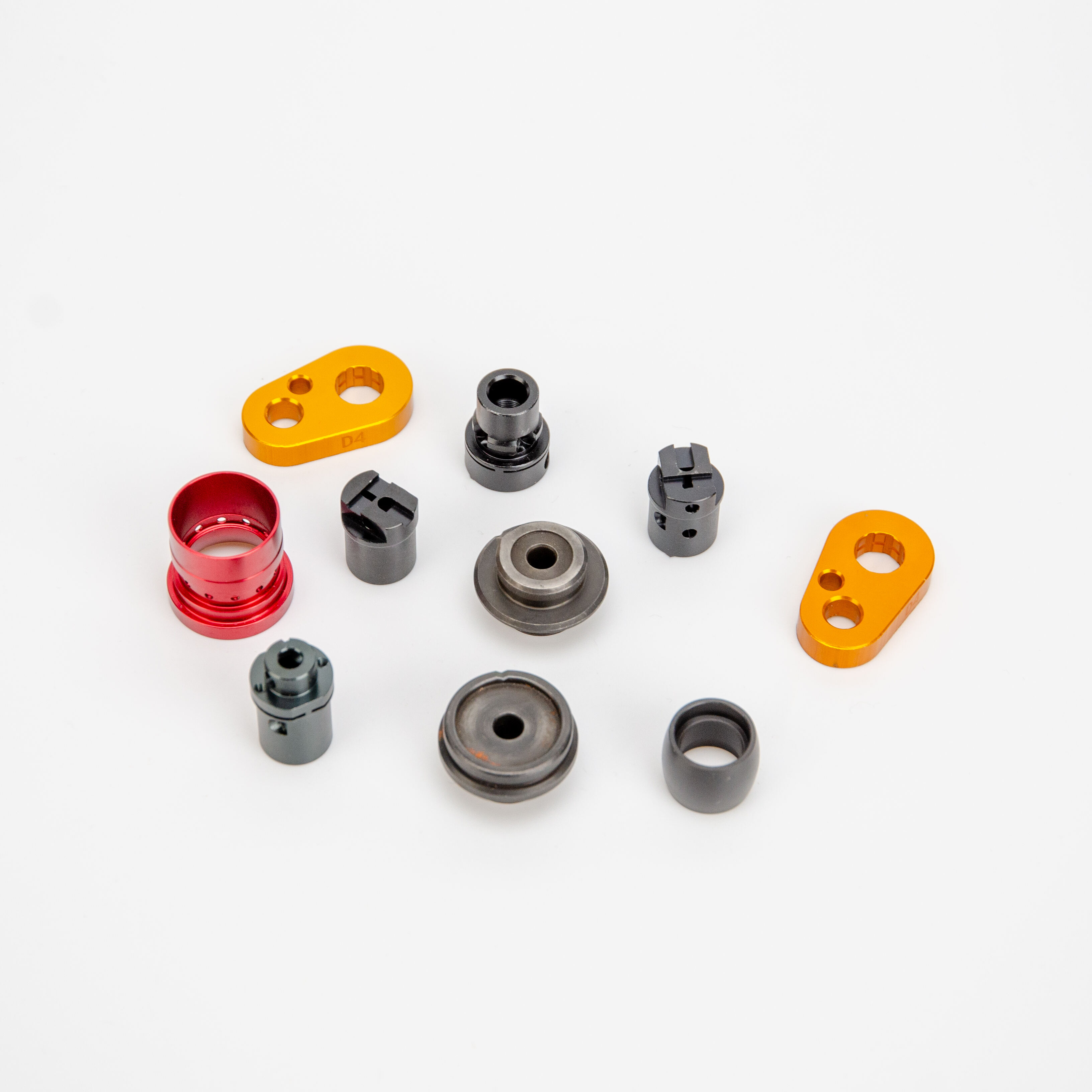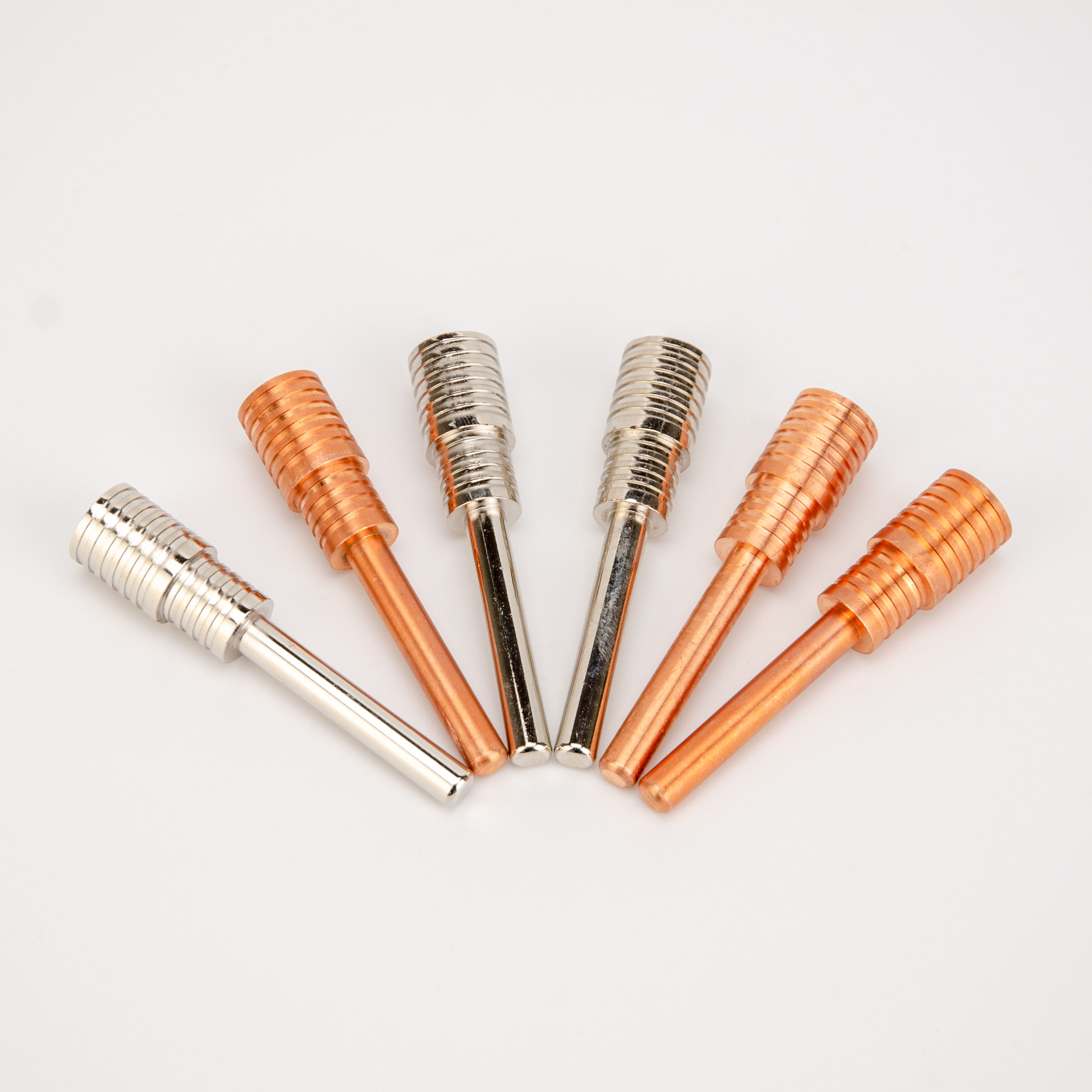Precision and Consistency
Precision and consistency in manufacturing are paramount, and stamping metal delivers on both counts. The use of sophisticated dies and precise machinery ensures that each part is identical to the last, reducing the margin of error and the need for manual adjustments. This level of consistency is invaluable for industries that rely on interchangeable parts, such as automotive and aerospace. The precision achieved through stamping metal not only enhances the quality of the final product but also streamlines assembly processes, cuts down on waste, and ultimately reduces costs, offering substantial benefits to the end consumer.


